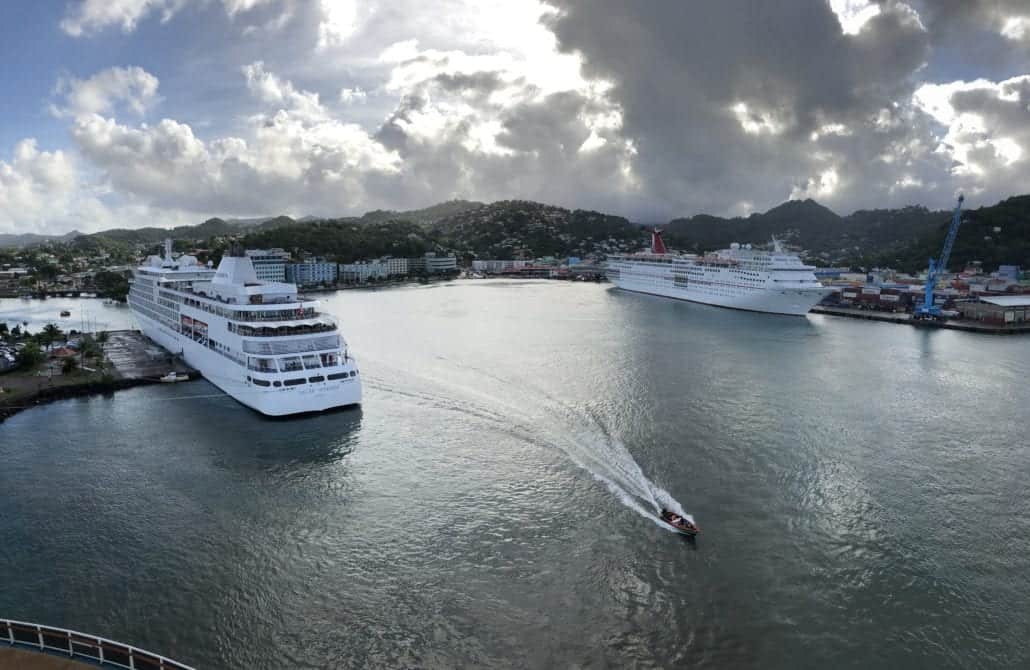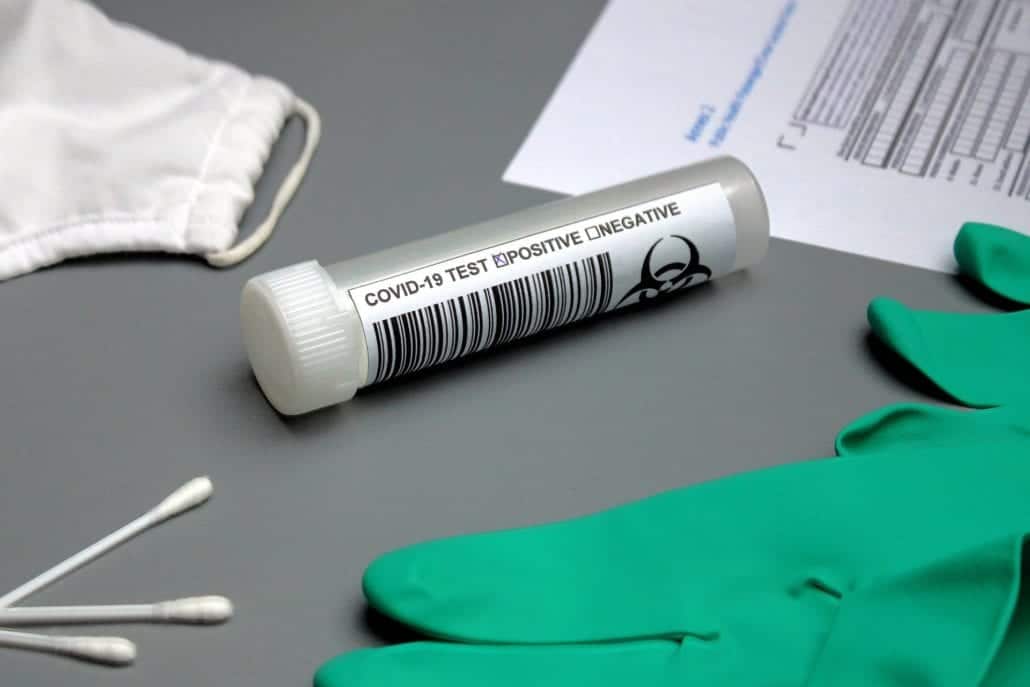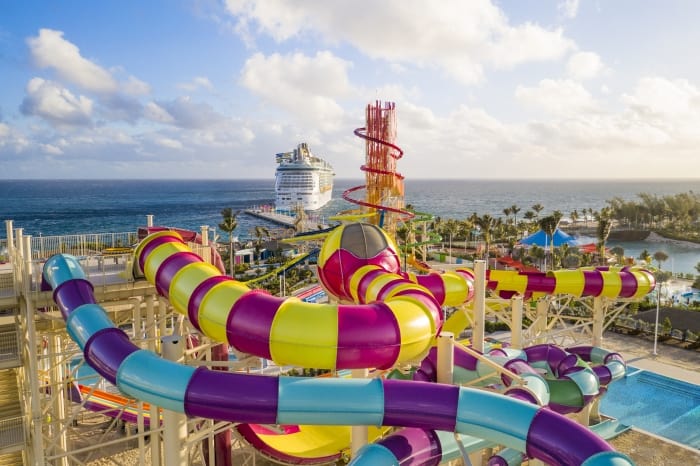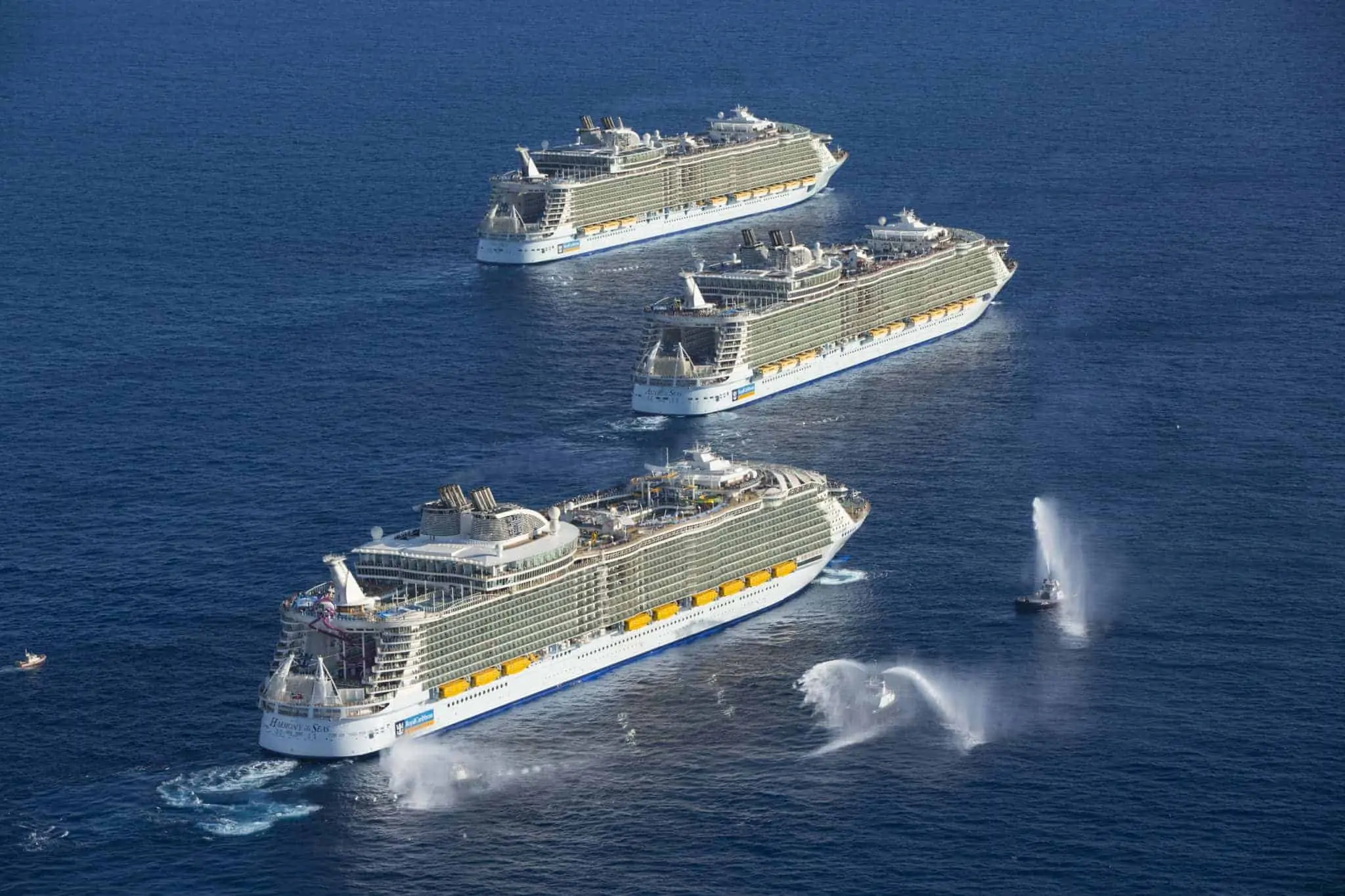On October 30, the U.S. Centers for Disease Control lifted the cruise ship ban in North America, but just because the no sail order has expired it doesn’t mean cruising will resume on November 1.
READ: CDC Lifts Cruise Ship Ban, Restrictions Apply
Instead, the CDC, in cooperation with the U.S. Department of Health and Human Services, is implementing a phased approach to resuming cruise operations in the U.S.
We’ve analyzed the 40-page “Framework for Conditional Sailing and Initial Phase COVID-19 Testing Requirements for Protection of Crew.”

While the expiration of the No Sail order and the creation of this framework is a step in the right direction that cruisers, cruise lines, and crew alike have been waiting for, it doesn’t necessarily mean that cruises from the U.S. will return imminently.
If anything, it seems to make a return to service in 2020 nearly impossible.
The requirements are complicated, so we’ll do our best to explain and outline what needs to happen in the coming weeks and months for a cruise ship to receive a “Conditional Sailing Certificate” and cruising to restart in the U.S.
Testing, Testing and More Testing
Crew Testing

Before a cruise line can even consider applying for a Conditional Sailing Certificate for a particular ship, and within 60 days of the framework being issued, cruise lines must obtain samples from 100% of crew members currently onboard vessels and submit the samples to an approved laboratory onshore for Polymerase Chain Reaction (PCR) testing.
The cruise lines must notify the CDC at least seven days in advance of collecting and submitting the samples to a laboratory so the sample collection process and laboratory choice can be approved. When results are received from the lab, the cruise line must report them in full to the CDC.
Note: PCR testing is known as the most accurate and is recommended for people that are not showing symptoms. Currently, the cruise lines in Europe are using rapid antigen tests.
READ MORE: Royal Caribbean Crew Member Documents Return to Ship
Any crew members embarking the ship in the future must receive a PCR test on the day of embarkation that is immediately transported to a lab for testing, they must also be quarantined for 14 days, and any embarking crew who receive a positive test may be subject to additional isolation.
Going forward, cruise lines must test every crew member at least weekly and report the results to the CDC.
The CDC reserves the right to visually observe all crew sample collection via a remote connection to ensure compliance with the guidelines.
Passenger Testing
100% of passengers and crew must receive rapid-result testing at both embarkation and disembarkation; individuals will not be allowed to board the ship until they receive a negative test result, and those disembarking the ship will not be allowed to continue to their final destination until a negative test result is obtained.
Onboard Diagnostic Testing for Symptomatic Crew and Passengers
During the initial 60 days from the order being issued, cruise lines must develop onboard PCR testing capabilities for symptomatic crew, passengers and their close contacts. The CDC must sign off on the equipment chosen; antigen testing will be discouraged in favor of PCR tests with high sensitivity.
Any positive tests from symptomatic individuals onboard must be immediately reported to the CDC.
Reporting and Government Approvals
28 Day Reporting Period

Since earlier this year, cruise ships operating in U.S. waters have been required to submit Enhanced Data Collection reports to the CDC regarding virus conditions onboard.
For any ships that have not been in U.S. waters from March 14 through October 31, the cruise line must begin filing EDC reports at least 28 days prior to the ship re-entering U.S. waters.
READ MORE: Carnival European Brand Sides on Caution, Pauses Sailings
Port and Public Health Agreements
Prior to applying for a Conditional Sailing Certificate, the cruise line must have agreements with and approvals from port and local health authorities in the U. S. ports where the ship intends to dock, including:
- Medical care agreements between the cruise line and local health care entities to ensure onshore hospitals will accept any passengers and crew who are evacuated from the ship in need of care.
- Housing agreements between the cruise line and onshore facilities for isolation of positive cases and their close contacts.
- An agreement with the local port authority to determine the number of ships that can be safely accommodated in port on any given day to prevent overtaxing local public health resources.
Operational Requirements
To apply for a Conditional Sailing Certificate, the cruise line must conduct simulated voyages, put pre-cruise notifications in place, and make some operational changes onboard.
Simulated Voyages

The cruise line must apply at least 30 days in advance to operate at least one “simulated voyage” for each ship, demonstrating the ability to mitigate the risks of the virus aboard.
Passenger Requirements for the Simulated Voyage Include:
- Passengers must consent to participate voluntarily and not as a condition of employment or future compensation.
- Passengers must be over the age of 18 and be notified in advance that they are participating in a simulation of unproven and untested health and safety protocols, and that cruising during a pandemic is an inherently risky activity.
- Passengers must have written certification from a health care provider that they don’t have a pre-existing condition that puts the individual at high-risk for virus complications.
- Passengers must submit to a monitored observation period and lab testing prior to embarkation.
READ MORE: Carnival Begins Restaffing Ships in Hope of December Return
The Simulated Voyage Must Include:
- Embarkation and disembarkation, including terminal check-in.
- Onboard activities including dining and entertainment.
- Private island shore excursions, if any are planned during future voyages.
- Evacuation procedures.
- A simulated transfer of positive or symptomatic passengers or crew from cabins to isolation rooms.
- Quarantine of all remaining passengers and non-essential crew.
Pre-Cruise Notifications For Guests

Cruises over seven-days may not be operated or offered; cruise length may be further restricted by the CDC at their discretion.
The cruise line website and other marketing materials must notify passengers prior to accepting reservations of any CDC travel warnings, advisories or recommendations relating to cruise travel. Plus, a notification that if a threshold of the virus is detected on board the cruise ship, during a voyage, the cruise will be ended immediately, the ship returned to the port of embarkation and onward travel, including their return home, may be restricted or delayed.
Standards for hand hygiene, face coverings, social distancing and ship sanitation must be maintained throughout the voyage. Surprisingly, no specific capacity restrictions or other onboard operating requirements were spelled out in this framework.
The Worst-Case Scenario

If a certain threshold of cases is reached onboard a ship, the line must be ready to take action.
The Line Must:
- Notify passengers, crew members and government authorities.
- End the voyage, return the ship to the port of embarkation, and cancel future voyages on the ship.
- Isolate sick or infected passengers and crew in single occupancy cabins and quarantine all remaining passengers and non-essential crew.
- Disembark and evacuate passengers in accordance with the local health system and housing agreements, using only non-commercial transportation, and ensure any transportation entities involved are aware of the presence of the virus aboard the ship.
READ MORE: Florida Governor: ‘We Want to See Cruise Ships Sail Again’
Everything is Subject to Change
At their discretion, the CDC can choose to require:
- A monitored observation period for passengers prior to embarkation.
- Post-embarkation day lab testing for passengers and crew.
Additionally, virtually every element of the framework and these requirements can be changed or amended, at any time, by the CDC as conditions warrant.
In Conclusion

This framework is complex, and the time frame for the CDC to approve an application for a Conditional Sailing Certificate is unclear.
It’s possible that the cruise lines have received some preliminary guidance from the CDC prior to the public release of this framework, and some of the work could already be in progress.
While there’s certainly a long road ahead for cruise lines to return to service, it’s not impossible.
It’s a matter of satisfying the CDC’s requirements. While there will be some hurdles and costs to get ships sailing again, the reward at the end is being able to take revenue cruises and start paying off the massive amounts of debt the lines took to weather the financial blow of 2020.
The looming question: How long until cruise lines can actually sail with passengers again?


![Carnival Vista Caribbean Review 2024 + Cruise News [Podcast]](https://cruiseradio.net/wp-content/uploads/2024/04/Carnival_Vista_082-300x200.jpg)





